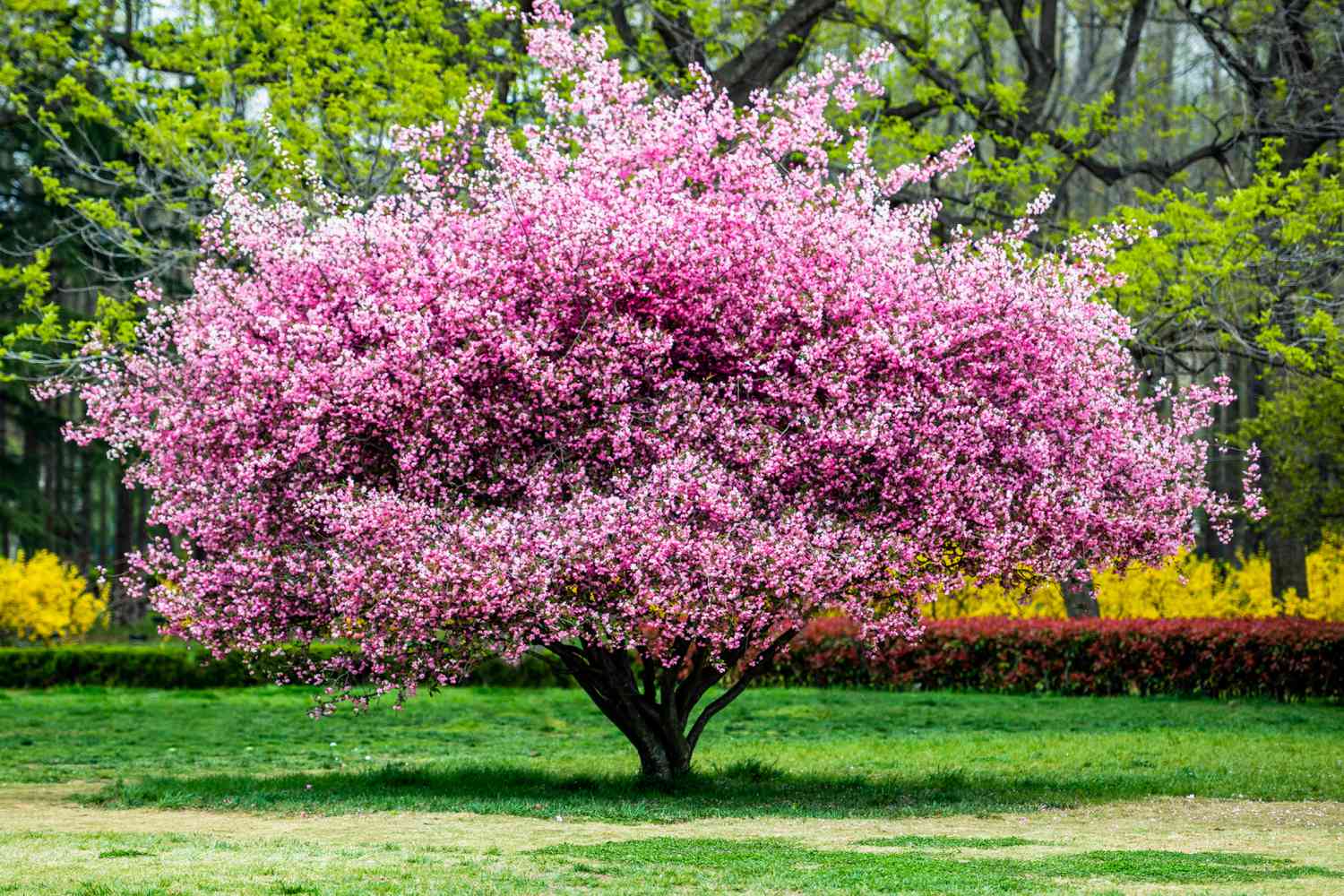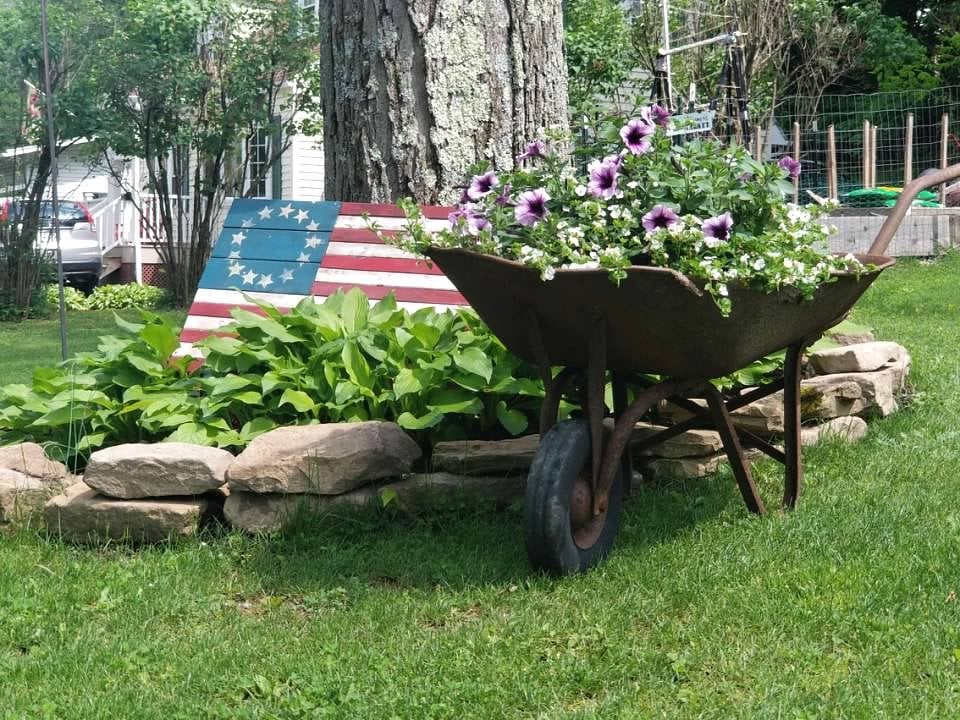Ornamental grasses bring texture and grace to your landscape. They offer year-round interest and require minimal maintenance.
Ornamental grasses enhance the aesthetic appeal of gardens with their varied textures and colors. These versatile plants can thrive in different climates and soil types, making them ideal for diverse landscapes. They sway elegantly in the wind, adding movement and a sense of tranquility to outdoor spaces.
Most varieties are drought-tolerant and pest-resistant, which reduces upkeep. Their ability to grow in clusters or as standalone features provides flexibility in garden design. Whether you use them as borders, ground covers, or focal points, ornamental grasses bring a natural charm that elevates any garden. Consider incorporating these resilient plants into your landscape for a low-maintenance yet visually stunning garden.
Introduction To Ornamental Grasses
Ornamental grasses bring life to any garden. They add texture, movement, and grace. These versatile plants work well in many settings. From small gardens to large landscapes, they fit in perfectly. Their unique shapes and colors make them a favorite among gardeners.
What Are Ornamental Grasses
Ornamental grasses are plants grown for their beauty. They come in many sizes, colors, and shapes. Some are tall and wispy, while others are short and compact. These grasses can be annuals or perennials. They thrive in various climates and soil types.
| Type | Height | Color |
|---|---|---|
| Feather Reed Grass | Up to 6 feet | Green, turning golden |
| Blue Fescue | 1 foot | Blue-gray |
| Japanese Forest Grass | 1 to 2 feet | Yellow-green |
Benefits For Your Landscape
Ornamental grasses offer many benefits. They provide year-round interest and structure. The grasses sway with the wind, adding movement to the garden. They are low maintenance and drought-tolerant. Their roots help prevent soil erosion.
- Low Maintenance: They need little care once established.
- Drought-Tolerant: They require less water than other plants.
- Soil Erosion Control: Their roots hold the soil in place.
- Year-Round Interest: They look good in all seasons.
Types Of Ornamental Grasses
Ornamental grasses bring texture and grace to your landscape. They are versatile, low-maintenance, and can thrive in various climates. Understanding the different types of ornamental grasses will help you choose the best ones for your garden.
Cool-season Vs. Warm-season
Ornamental grasses are classified into two main categories: cool-season and warm-season. Knowing the difference helps in planning your garden effectively.
| Type | Growing Period | Best Climate |
|---|---|---|
| Cool-Season | Early spring to early summer | Cooler climates |
| Warm-Season | Late spring to early fall | Warmer climates |
Popular Varieties
Several varieties of ornamental grasses can enhance your landscape. Each variety offers unique textures, colors, and growth habits.
- Feather Reed Grass – Ideal for creating vertical accents.
- Blue Fescue – Known for its striking blue color.
- Switchgrass – Adds movement and height to gardens.
- Maidengrass – Features delicate, feathery plumes.
These grasses are not only beautiful but also functional. They can help with soil erosion and provide habitat for wildlife. Choose the right types of ornamental grasses to create a dynamic and graceful landscape.
Designing With Ornamental Grasses
Ornamental grasses are a great way to add texture and grace to your landscape. They come in various shapes, sizes, and colors. Designing with them can transform your garden into a captivating haven.
Creating Visual Interest
Ornamental grasses create visual interest through their unique forms and colors. They sway in the wind, adding movement to your garden.
Use tall grasses as a backdrop for shorter plants. They create a layered effect that adds depth to your landscape. Consider using grasses with different textures and colors. This variety makes your garden more dynamic and interesting.
- Feather Reed Grass – Tall, vertical growth, great for borders.
- Blue Fescue – Low-growing, blue-green tufts, perfect for ground cover.
- Japanese Forest Grass – Bright, arching foliage, ideal for shady areas.
Combining With Other Plants
Combining ornamental grasses with other plants enhances your garden’s appeal. Mix them with flowering plants for a burst of color. Use grasses as fillers among perennials and shrubs.
Ornamental grasses complement different garden styles. They work well in modern, cottage, and naturalistic gardens.
Here’s a quick guide to combining grasses with other plants:
| Grass | Companion Plant | Why It Works |
|---|---|---|
| Miscanthus | Roses | Contrast in height and texture |
| Pennisetum | Lavender | Complementary colors and forms |
| Switchgrass | Hostas | Good for shady areas |
By carefully selecting and combining plants, you can create a garden that is both beautiful and functional.
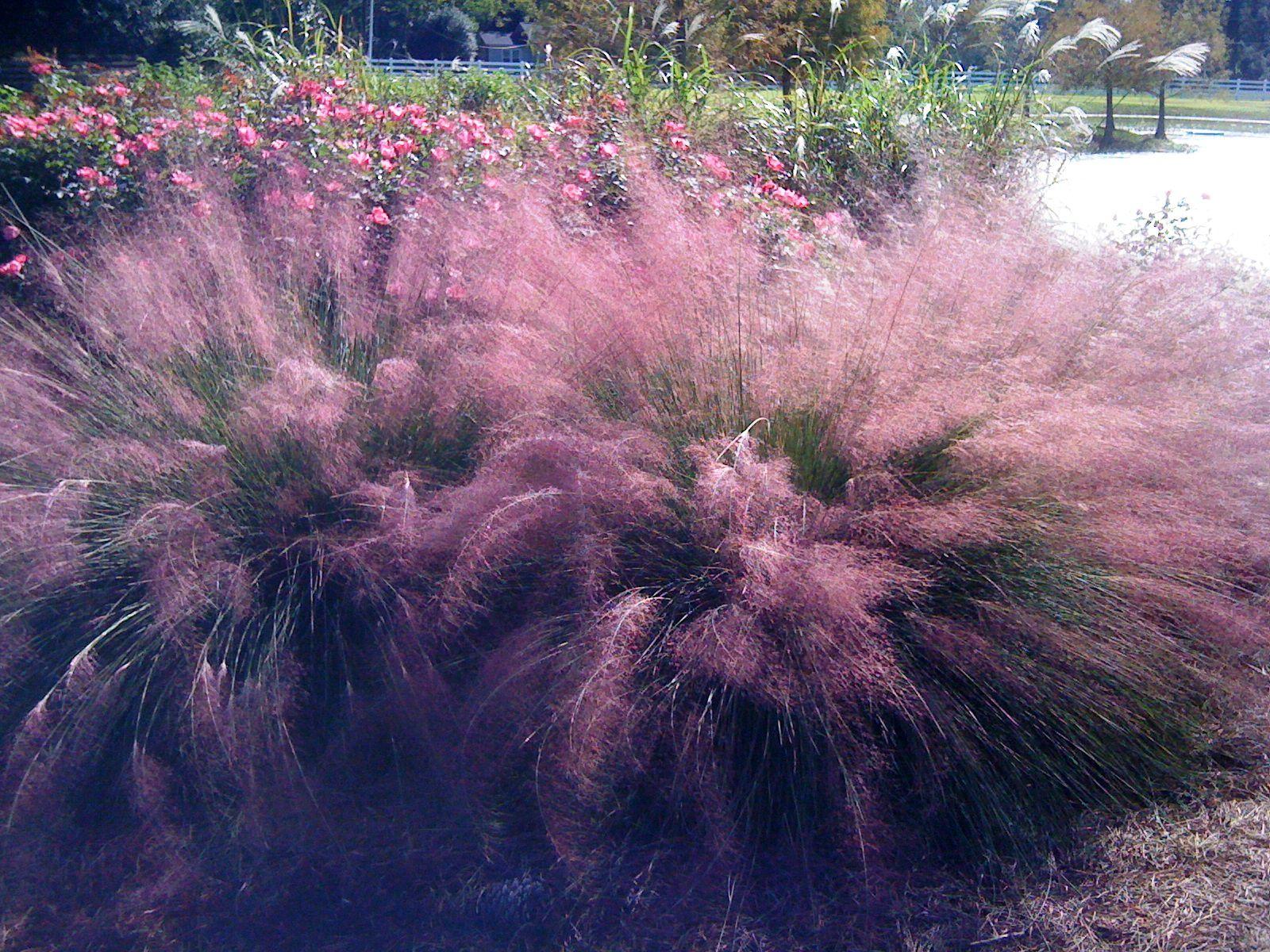
Credit: www.nola.com
Planting Ornamental Grasses
Ornamental grasses add beauty and texture to any landscape. Their graceful foliage and movement create a dynamic visual appeal. Planting these grasses correctly ensures they thrive and enhance your garden.
Choosing The Right Location
Pick a sunny spot for most ornamental grasses. They need at least six hours of sunlight daily. Some varieties tolerate partial shade. Check the plant label for specific light needs.
Consider the grass’s mature size. Ensure it has enough room to grow. Avoid planting too close to other plants. This prevents overcrowding and competition for nutrients.
Soil Preparation
Good soil preparation is essential for healthy grasses. Start by testing your soil’s pH. Most ornamental grasses prefer slightly acidic to neutral soil (pH 6.0-7.0).
Steps for Soil Preparation:
- Clear the area of weeds and debris.
- Loosen the soil to a depth of 12 inches.
- Mix in organic matter like compost.
- Ensure the soil is well-draining.
Ornamental grasses dislike waterlogged soil. If your soil is heavy clay, consider adding sand or grit to improve drainage.
| Soil Type | Amendments |
|---|---|
| Sandy | Add compost to retain moisture. |
| Clay | Add sand or grit to improve drainage. |
After preparing the soil, you’re ready to plant your ornamental grasses. Follow spacing guidelines on plant labels. This ensures they have room to grow and flourish.
Caring For Ornamental Grasses
Ornamental grasses bring beauty and elegance to any garden. Proper care ensures they thrive and enhance your landscape. This section will cover essential care tips.
Watering And Feeding
Ornamental grasses need regular watering during their first season. This helps them establish strong roots. Once established, they are often drought-tolerant.
Water them deeply once a week. Ensure the soil is moist but not soggy. Overwatering can lead to root rot.
Feed your grasses in early spring. Use a balanced fertilizer for best results. A ratio like 10-10-10 works well. Follow package instructions for quantity.
For organic feeding, compost or well-rotted manure is ideal. Apply a thin layer around the base of the plant.
Pruning And Maintenance
Pruning keeps your ornamental grasses looking neat. It also promotes healthy growth. Cut back grasses in late winter or early spring. This removes old growth and makes way for new shoots.
Use sharp shears or a hedge trimmer for clean cuts. Cut the grass to about 4-6 inches from the ground.
Some grasses benefit from dividing every few years. This keeps them vigorous and prevents overcrowding. Spring or early fall is the best time for division.
Watch for pests and diseases. Ornamental grasses are generally resistant. But occasional issues can arise. Treat pests with natural insecticides if needed. Remove diseased parts to prevent spread.
| Task | Frequency | Details |
|---|---|---|
| Watering | Weekly | Deep watering to keep soil moist |
| Feeding | Annually | Apply balanced fertilizer in early spring |
| Pruning | Annually | Cut back in late winter or early spring |
| Dividing | Every 2-3 years | Divide in spring or early fall |
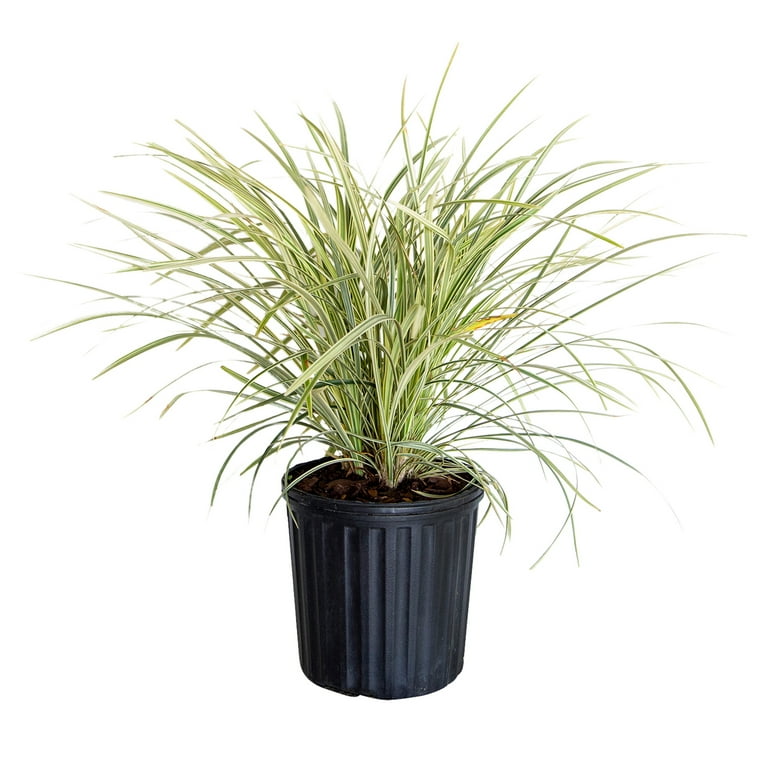
Credit: www.walmart.com
Seasonal Changes
Ornamental grasses offer a stunning display throughout the year. Their beauty evolves with each season. This section explores the seasonal changes of ornamental grasses, highlighting their unique transformations.
Spring And Summer
During spring, ornamental grasses begin their growth cycle. Fresh green shoots emerge, adding a touch of life to the garden. By summer, these grasses reach their peak. They sway gently in the breeze, creating a serene atmosphere.
Some popular spring and summer ornamental grasses include:
- Feather Reed Grass: Known for its upright growth and feathery plumes.
- Blue Oat Grass: Offers striking blue foliage that stands out.
- Maiden Grass: Features lush green blades and tall flower spikes.
Fall And Winter
In fall, ornamental grasses undergo a beautiful transformation. Their colors shift to warm hues of gold, bronze, and red. This seasonal change adds a rich texture to your landscape.
During winter, the grasses provide structure and interest. Their seed heads remain, catching snow and frost, creating a magical scene.
Notable fall and winter ornamental grasses include:
- Switchgrass: Its foliage turns golden-yellow in autumn.
- Little Bluestem: Showcases a mix of blue, red, and purple tones.
- Japanese Forest Grass: Retains its form and adds winter interest.
Pest And Disease Management
Ornamental grasses can transform your landscape with texture and grace. But, like all plants, they are susceptible to pests and diseases. Managing these issues is crucial for maintaining healthy and beautiful grasses.
Common Pests
Several pests can affect ornamental grasses. The most common ones are:
- Aphids: Small insects that suck sap from leaves.
- Spider Mites: Tiny pests that cause stippling on leaves.
- Whiteflies: Small, white-winged insects that feed on plant sap.
- Grasshoppers: Large insects that chew on leaves.
Preventative Measures
Implementing preventative measures can help keep your ornamental grasses healthy. Here are some effective strategies:
- Regular Inspection: Check your plants weekly for signs of pests.
- Proper Watering: Avoid overwatering to prevent fungal growth.
- Good Air Circulation: Space plants properly to allow air flow.
- Natural Predators: Encourage birds and beneficial insects.
- Organic Sprays: Use neem oil or insecticidal soap when needed.
Maintaining these practices ensures your ornamental grasses thrive with minimal pest and disease issues.
Incorporating Grasses Into Various Landscapes
Ornamental grasses can transform any landscape with their unique textures and graceful movement. They are versatile, requiring minimal maintenance and providing year-round interest. By incorporating these grasses into various landscapes, you can create striking visual appeal and enhance the overall aesthetics of your garden.
Urban Gardens
Urban gardens often face space constraints. Ornamental grasses are a perfect choice for these compact environments. They provide vertical interest and lush greenery without overwhelming the area. Use grasses like Feather Reed Grass or Blue Fescue to create a serene oasis in the heart of the city.
- Feather Reed Grass: Tall, narrow, and elegant.
- Blue Fescue: Compact, tufted, and vibrant.
Incorporate these grasses in containers or small beds. They thrive in minimal soil and offer a soft contrast to hardscape elements like concrete and metal. The gentle sway of the grasses adds a calming effect, perfect for urban retreats.
Rural And Suburban Settings
In rural and suburban landscapes, ornamental grasses can fill large spaces with ease. They create natural borders and add movement to the garden. For these settings, consider using Switchgrass or Miscanthus.
- Switchgrass: Tall, sturdy, and drought-tolerant.
- Miscanthus: Graceful, arching, and versatile.
These grasses blend seamlessly with other plants and wildlife. They also provide shelter for birds and insects, enhancing the ecosystem. Plant them in groupings or as standalone specimens to create focal points in your landscape.
| Grass Type | Ideal Setting | Key Features |
|---|---|---|
| Feather Reed Grass | Urban Gardens | Tall, narrow, elegant |
| Blue Fescue | Urban Gardens | Compact, tufted, vibrant |
| Switchgrass | Rural/Suburban | Tall, sturdy, drought-tolerant |
| Miscanthus | Rural/Suburban | Graceful, arching, versatile |
Ornamental grasses add beauty and function to any landscape. They are adaptable, low-maintenance, and visually captivating, making them a valuable addition to your garden.
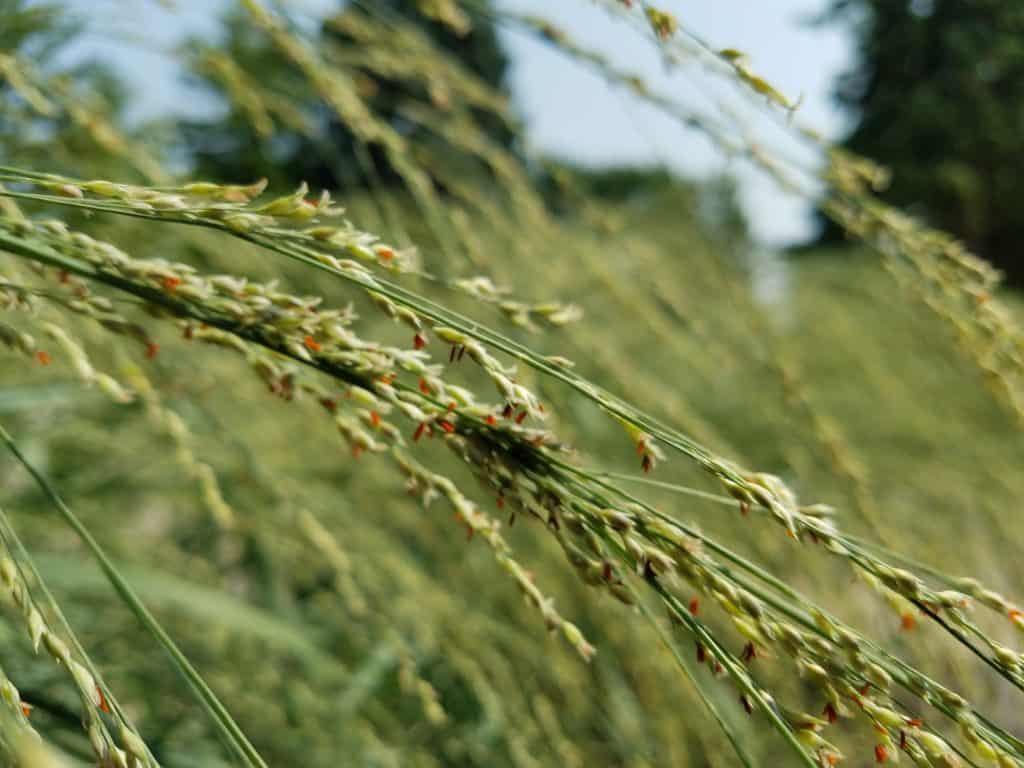
Credit: www.sweeneyslandscaping.com
Frequently Asked Questions
What Are Ornamental Grasses?
Ornamental grasses are plants grown primarily for their aesthetic appeal. They add texture, movement, and color to landscapes. They are versatile and low-maintenance.
How Do Ornamental Grasses Add Texture?
Ornamental grasses add texture through their varied leaf shapes and sizes. Their unique forms contrast well with other garden plants. They also sway beautifully in the wind.
Are Ornamental Grasses Low-maintenance?
Yes, ornamental grasses are generally low-maintenance. They require minimal watering and fertilizing. They are also resistant to pests and diseases.
Can Ornamental Grasses Grow In Shade?
Some ornamental grasses can grow in shade. Varieties like Hakonechloa and Carex thrive in partial to full shade. Always check specific requirements for best results.
Conclusion
Ornamental grasses transform landscapes with texture and grace. They are low-maintenance and versatile. Enhance your garden with these stunning plants. Their beauty and ease make them a perfect choice. Explore different varieties to find the best fit for your space.
Your landscape will thrive with the addition of ornamental grasses.



